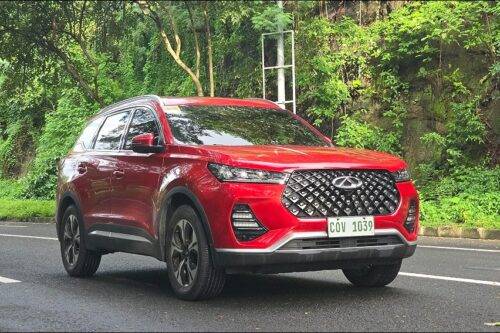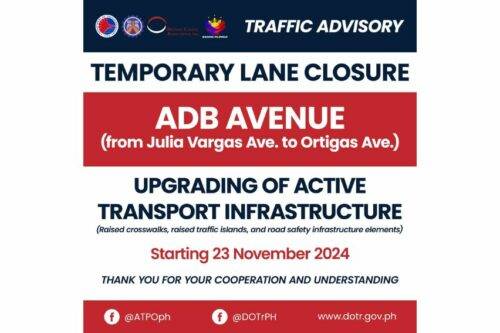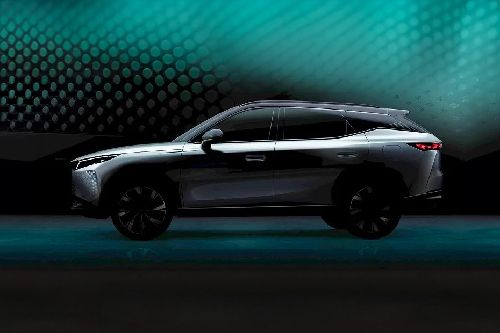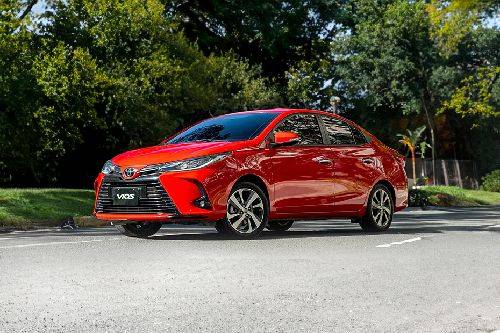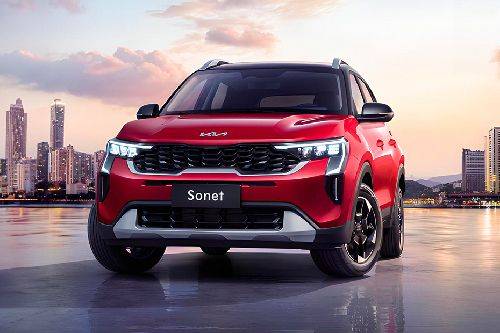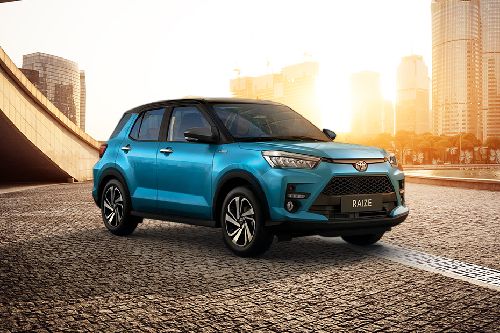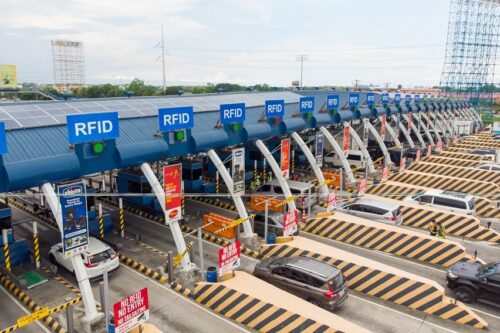DOTr clarifies that NLET remains operational despite appeal for suspension

MANILA: The Department of Transportation (DOTr) stated in a press release that the IATF Resolution No. 101, which directs the mandatory use of Integrated Terminal Exchange (ITX) in the north and south of Metro Manila, is still in effect.
KEY TAKEAWAYS
Why does the IATF mandate the use of the Integrated Terminal Exchange (ITX) in the north and south of Metro Manila?
The IATF mandates the use of ITX to mitigate the traffic congestion around Metro Manila. More importantly, it prevents the congestion of passengers and violation of public health protocols usually happening at in-city terminals.What is the main objective of the ITX concept?
The ITX is a globally accepted practice of integrating public transport terminals, particularly in highly populated areas, to improve interconnection and benefit commuters.While the issue of bus operators from the north was brought to the IATF’s attention, the latter formed a small technical working group (STWG) to look into the matter. A series of meetings with the IATF were held from December 2 to 14, 2021 to consider the mandatory use of ITX Terminals, including the North Luzon Express Terminal (NLET).
After much deliberation by STWG, which included stakeholders as resource persons, the IATF was advised to keep the issue on hold until further studies and suggestions could be submitted to the body.
“The issue here is not only as to traffic but also as to public health,” the DOTr stated. “It has been shown during the last Christmas season that passengers congregated in their in-city bus terminals which caused congestion. Despite the fact that these operators know that they cannot operate their routes from these in-city terminals, they allowed the passengers inside their terminal, which caused congestion thereby violating public health protocols on social distancing and disinfection, among others, which they thereafter posted in social media themselves.”
“To address the matter, the LTFRB issued special permits to operators so that they can use these in-city terminals, but instead of doing so, these operators refused to run their buses citing several shallow excuses. It was only through prodding by LTFRB and negative public opinion that they finally operated their routes,” the DOTr added.
This is in contrast to the situation in the south, where the Parañaque Integrated Terminal Exchange (PITX), for instance, is still operational and stakeholders in the facility have proven that minimum health protocols are adhered to consistently.
Before the COVID-19 pandemic, Metro Manila had 85 operating terminals, 47 of which were near EDSA. Researchers had then noticed that congested facilities where people from various origins and destinations use the same resources are more vulnerable to virus transmission. Reopening private terminals along EDSA means launching 85 potential viral transmission sites for Filipino commuters.
Meanwhile, in terms of the limited number of public utility buses (PUBs), there are 2,677 authorized units operating on 118 routes in the north of Metro Manila, but only 915 or 34.2% have registered for the SP/QR code. This shows that the shortage was not caused by the DOTr or LTFRB refusing to let particular units to operate on their routes. It is caused by bus operators’ failure to apply. This problem could be remedied by encouraging bus operators to apply for permits to use their vehicles throughout the pandemic to service thousands of commuters returning to Metro Manila after the holidays and beyond, the agency maintained.
The DOTr said that ITX concept has been around in the Philippines for about a decade, and is a well-established idea contained in the National Economic and Development Authority’s National Transport Policy (NTP), which was developed after extensive consultations with stakeholders and government agencies. The 2016 NTP fortified the implementation of Executive Order No. 67 s. 2012, which intends to build at least two integrated transport hubs in the north and south of Metro Manila to enable effective interconnections between various forms of transportation and services.
The ITX is a globally accepted practice of integrating public transport terminals, particularly in highly populated areas, to improve interconnection and benefit commuters. In fact, ITX facilities have already been developed in the country’s most urbanized cities, such as Cebu and Cagayan de Oro.
From a global perspective, consolidation or reduction of redundancy of the number of terminals is not new. Several examples have been seen from various parts of the world, with Seoul, South Korea and Surabaya, Indonesia being two of the more noteworthy examples from our Asian neighbors. Moreover, during the pandemic, there was a consolidation of terminals or stations. Some instances include a 20% reduction in the number of stations in Washington, D.C., USA and a 35% reduction in Valencia, Spain.
The use of north and south ITX terminals remains valid until the IATF resolution is revoked or negated, the DOTr concluded.
Image from North Luzon Express Terminal Facebook page
Also read: DOTr supports resolution to temporarily prohibit unvaccinated from non-essential travel
Sell your car at the best price
 Verified and genuine buyers
Verified and genuine buyers
Trending & Fresh Updates
- Latest
- Popular
You might also be interested in
- News
- Featured Stories
Featured Cars
- Latest
- Upcoming
- Popular
Car Articles From Carmudi
- journal
- advice
- financing
- insurance


















